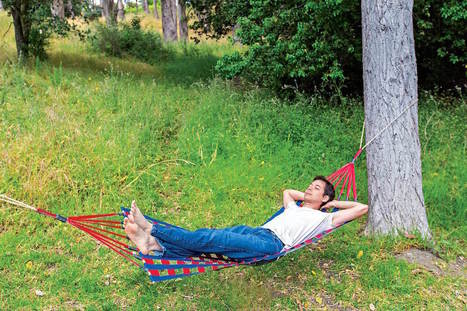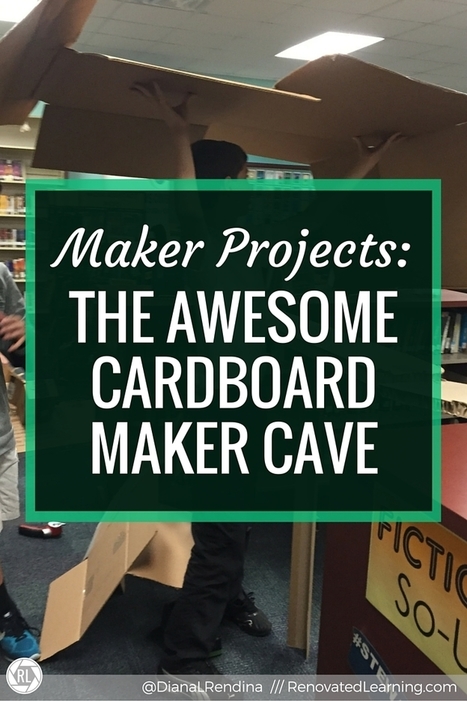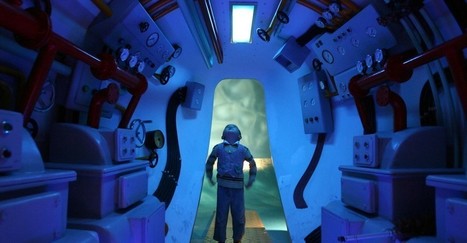"Making Culture is the product of a year-long investigation visiting 30 K-12 education makerspaces across 12 metropolitan regions map conducted through in-depth interviews with students, instructors, and leadership alongside observation and study of each space and its programs.
Among the ExCITe Center's recommendations made as a result of the report are:
*The culture of a makerspace has a direct impact on student learning. Rather than choosing equipment or specific projects, designers of new makerspaces should first consider the kind of learning culture they seek to create for their students.
*Makerspace participation can positively impact a broad range of students, including English Language Learners. But school leaders must be mindful to recruit inclusively, for both for instructors and students.
*Within school makerspaces, hosting unstructured open hours (outside of class time) encourages greater exploration, positive risk-taking, and collaboration for a wider range of students.
*Students frequently use skills learned in makerspaces to improve other aspects of the school and local community, such as student government activities, classroom maintenance, and sports facilities.
The full report includes specific recommendations for those considering or planning an education makerspace and how to create a supportive culture from the outset."
Via
John Evans



 Your new post is loading...
Your new post is loading...














